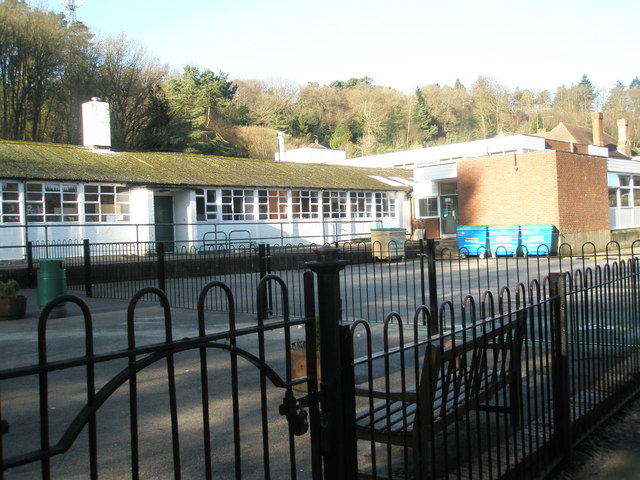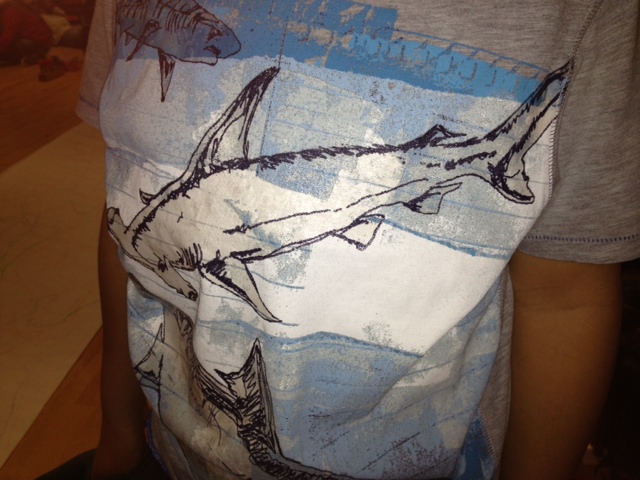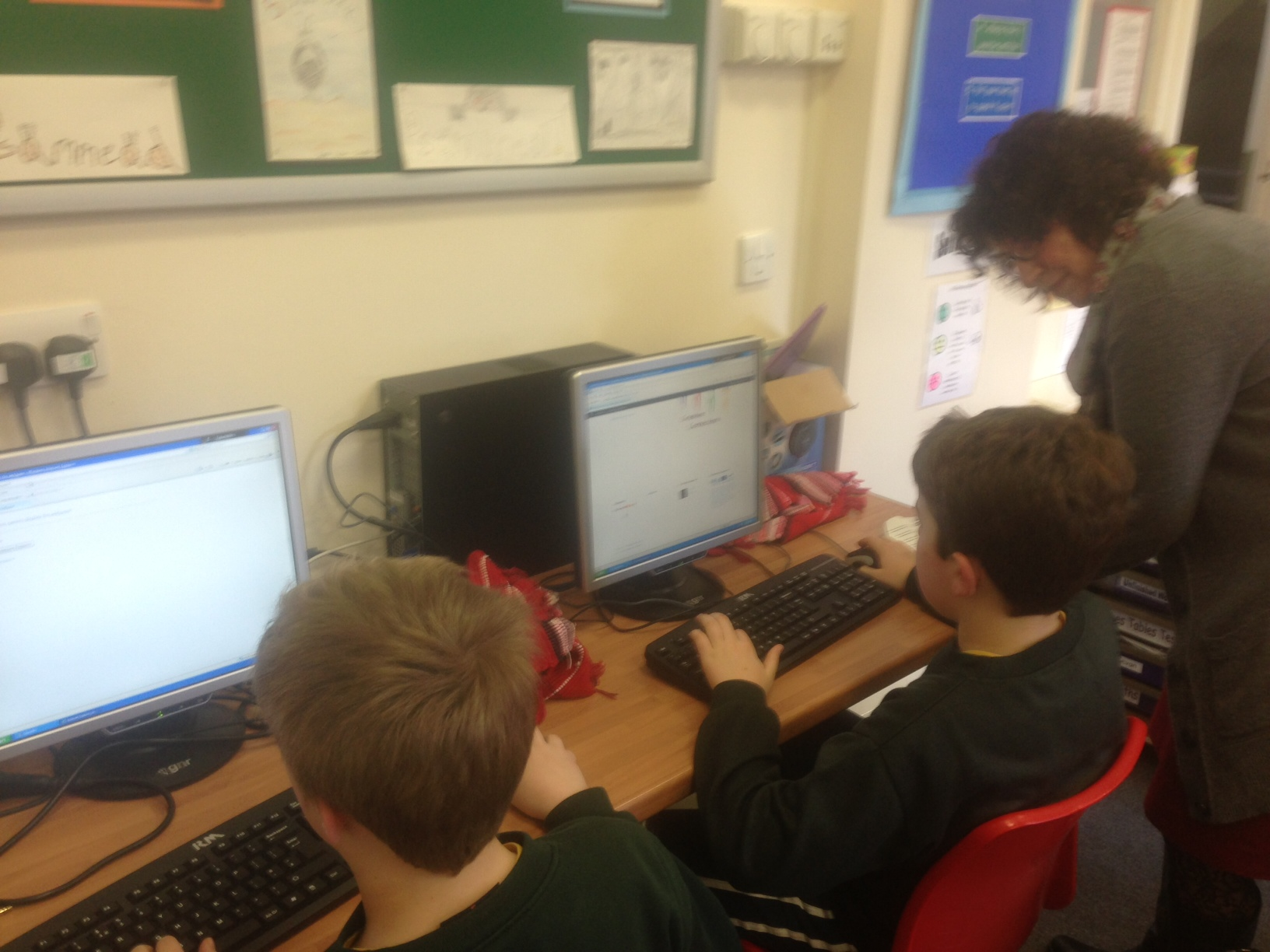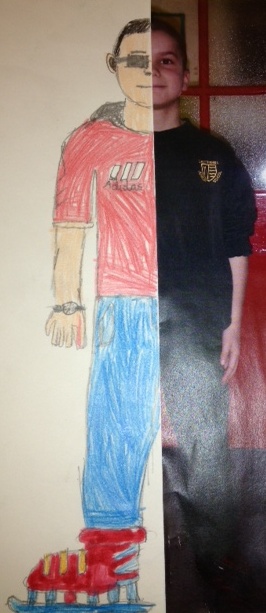Shottermill Junior School - United Kingdom
Region: Surrey
Other schools in the Quint Blog: Koskelan Koulu (Finland), Magic Hill (Czech Republic),Escola Frei Bartolomeu dos Mártires (Portugal), Mater Dei National School (Ireland), Shottermill Junior School (UK)
Creative Connections Project: Identity: personal and European

Context
Shottermill Junior School is a two-form entry, state community school situated in a rural environment on the edge of a wooded area in Haslemere, Surrey. Shottermill is a village area close to the main town and contains many listed buildings and mostly privately owned or rented homes. A large number of pupils live out of the county in Hampshire and West Sussex. The school has average class sizes of around 26, the pupil age range is 7 – 11 years and of mixed gender. An average number of pupils have special educational needs and/or disabilities: There were 6.0% of pupils with Special Educational Needs in 2012. These needs include behavioural, emotional, social and physical difficulties. It is non-denominational and has approximately 218 pupils on roll, most of whom are White British in ethnicity and heritage. There are very few pupils who speak English as an additional language. In 2012 there were 14.7% of pupils on free school meals, which is up from a below national average figure of 5.9% in 2011.
The school is confederated with other schools in the Haslemere area and these work together to share resources, hold multi-school events and work towards building a learning community. The school promotes a culture of learning and encouragement for children through the use of a creative curriculum, and has high expectations for pupils in terms of Key Stage 2 SAT results.
In 2012, 89% of disadvantaged pupils attained Level 4 or above in the key stage 2 English (overall) test and assessment, while 98% of other pupils attained Level 4 or above.
In 2012, 78% of disadvantaged pupils attained Level 4 or above in the key stage 2 mathematics test, while 96% of other pupils attained Level 4 or above.
Level 4 is deemed to be the average achievement for 11 year olds.
The school was deemed as ‘Good’ in the 2011 OFSTED report.
Two year 5 classes (pupils aged 9 and 10 years) were involved in the Creative Connections project. Few children in the two classes had English as an additional language. One pupil had a Finnish parent and was bilingual, another had Spanish heritage and there was a Macedonian and Bulgarian pupil; all of these pupils spoken fluent English.
Neither of the two class teachers were specialists in art and design, citizenship or ICT. Both attended the training day held at the University of Roehampton in November 2012. In the training day both initially showed some anxiety about engaging in the project and expressed this during the training day. They were unsure of whether the pupils would be interested enough in the European aspect. One teacher was concerned that her own IT skills were not up-to-date enough. However, they agreed to begin the project in January 2013 and continue through to May 2013.
The project
The teachers formulated a plan for the two classes, which incorporated some activities from the training day. Dialogue and discussion was central to the processes and the art activities facilitated this. The pupils were initially introduced to the research project and the website and a discussion based session was carried out to ascertain their prior knowledge and understanding of the EU and Europe more generally. The teachers taught the pupils photographic skills such as how to hold the camera, compose a frame, and how to upload the image onto the computer. The pupils used this knowledge activity which asked them to explore their own identity: for example by photographing themselves in their school uniform.
Homework tasks were set throughout the project to support the pupils’ learning and to develop notions of home/school identities. For example pupils brought souvenirs and artefacts from Europe to draw and talk about. The teachers also used an art activity introduced to them on the training day. This was based on body mapping and the pupils worked in groups to draw around each other in large coloured felt pens to create a map. The University researchers visited the school to witness this activity. The pupils had been allowed wear their home clothes (Mufti clothes) that day rather than their usual school uniforms because these would reflect their personal identity. Thus along with drawing maps of themselves they were also asked to include illustrations of objects that were linked to their identity.
Figure 1 Pupils in their home clothes (Mufti clothes)

Other activities included in the project were;
- experimenting with photographic images and effects using editing software (Pixlr)
- drawing identity portraits
- written work
- personal history mind maps
- creating their own assembly to show their project to the rest of the school.
Figure 2: Playing with their image

As the project developed the teachers initial concerns dissipated and it was found that they were enthusiastic as the pupils were clearly responding well to the project. There were Creative Connections displays in the classrooms and the researchers observed a session which was both engaging and motivating for pupils. However, the teachers were still concerned about using the website and wanted further reassurance from the researchers on how to upload to the Quad blog and how to use the website. It was suggested that they use reflective journals or diaries to document the work in school, but in the event this did not happen.
To blog – or not to blog
The researchers became concerned that there was little or no uploading onto the Quad blog once all the practical artwork had been completed and made another visit to the school. They discovered that the project work had been superseded by a production of Peter Pan in which all pupils were involved. The teachers had not uploaded any work nor had their pupils responded to others on the QB4 blog. During the visit it emerged that one of the teachers had lost her own and the pupils’ login details. She said that she felt very unconfident in using the blog, and admitted that 'I need help - I'm special needs in ICT', referring to using the website and uploading materials. She was obviously anxious about this aspect although she was generally positive about the project.
The two researchers took the teachers through the process once more, and led them through the procedure of replying to a post, as well as discussing the pupils’ artwork. They said that they wanted to upload the images and responses during computer suite ICT lessons. The researchers trained two pupils on how to upload and comment so that they could remind the teachers and help train other children during the following lessons. One teacher had already uploaded her children’s work so one boy was able to find his work quite easily. The other teacher had not saved any of the project images from her class onto the shared drive, so the second child had more difficulty accessing these and he struggled to find an image to choose. They seemed to enjoy the experience but both boys’ typing skills were very poor; this would mean that an exercise such as this would take a long time with a class.
Figure 3: uploading images onto the Creative Connections website

The researchers suggested to the teachers that the pupils could blog at home, but neither teacher was keen on this as an option and stated that it would not be possible because of the need to 'ensure quality' and they were afraid of what the pupils might write or say, and it needed to be more controlled by posting on the website in school time.
Pupil Voice
When the researchers interviewed the pupils at the end of the project, it was found that there were generally very positive reactions from them, and this had been evident from their written evaluations of the project. They especially liked that they could communicate with other children in the other countries. They thought that other children in Europe would be very different from them, but were surprised by so many similarities, especially in relation to digital technology, and they cited postings which had drawings of items such as iPhones as examples of similarities. They liked the fact that they could see and comment on individual children’s artwork and recognised that they were ‘learning about real people.’ They stated:
We didn’t really know that those people were out there – like in Czech Republic – you wouldn’t really think that that was part of your own community sort of thing – we didn’t really take any notice of that before.
One said:
You learn generally about a country not individuals like in Creative Connections.
There was a lengthy discussion on what they now understood about the EU and how countries, such as Turkey, might or might not be admitted, revealing an engagement and a real interest. The pupils expressed some disappointment that they did not have many responses from other countries but the responses had come mostly from the children in their own class. One boy, Ben, was the only one who had a sustained dialogue and that is because he actively responded to the comments from other pupils.
In relation to posting comments they said that they had been told by their teachers to keep comments simple and short. They stated that they had been instructed to only discuss the image and not to say anything about themselves. The pupils talked about the difficulty in being able to express personal identity in school. As one child said:
I think it’s because most people are sort of embarrassed. I think they sort of doubt themselves sometimes. You don’t want to express yourself - You don’t really want to share or show things about yourself in school.
In relation to pupil voice it is clear that the teachers struggled to allow the pupils to find their voice: the lack of freedom to communicate and use to the blog from home was specifically named by the pupils as a barrier to the real success of the project in this school, but from the teacher’s perspective, they were keeping pupils safe.
Teacher Reflection
In the post-project interview one teacher reflected that she had been able to learn a significant amount about the children in her class and that it had broadened the scope in terms of her own ideas for art activities and projects. She was, however, concerned that the pupils had not engaged deeply with the European aspect and she thought they struggled to understand this part largely because of their young age. It was interesting to hear this perception having already spoken with the pupils and heard the development of their ideas and thoughts.
A main issue for the teacher was the digital aspect. Once the pupils had produced artwork, the uploading of images became problematic due to logistics of a class of children using computers all at the same time in the ICT suite. One teacher stated:
You needed to be able to work with a small group at a time to upload the images and to do it properly. But there’s one of me and 30 of them so I did find that – the lessons where we were all using the computers - quite tricky. I felt quite harassed.
She did not feel that the pupils developed their language particularly well through the blogging process, and said that:
It was quite difficult because they just wanted say things like ‘it’s really nice’ – like not really thinking about it – lots of ‘it’s nice’; ‘well done’,
The same teacher felt that she:
Had to go round everyone and check before they posted it to make sure it was appropriate.
This reflected a sense of nervousness on the part of the teachers for allowing the children to communicate freely within the blog. When asked about this she stated that:
I trusted that they would write nice comments but I was worried it would be lost in translation, because academically some of them are not very strong in that year group and reading what they had written I don’t think it would translate very well, so I wanted to check that what they had written.
The teachers in this school were initially enthusiastic about the project. The pupil discussions, investigations and art activities were rich and interesting. The digital aspect was far more problematic as both teachers struggled to find the time to complete the process with their classes due to other curriculum pressures, as well as being quite unconfident with the technology themselves. From the pupils’ point of view it was felt that they were not given enough freedom to explore the blogging process on their own, and they perceived that this prevented communication between them and other countries in the Quad blog from being totally successful.


